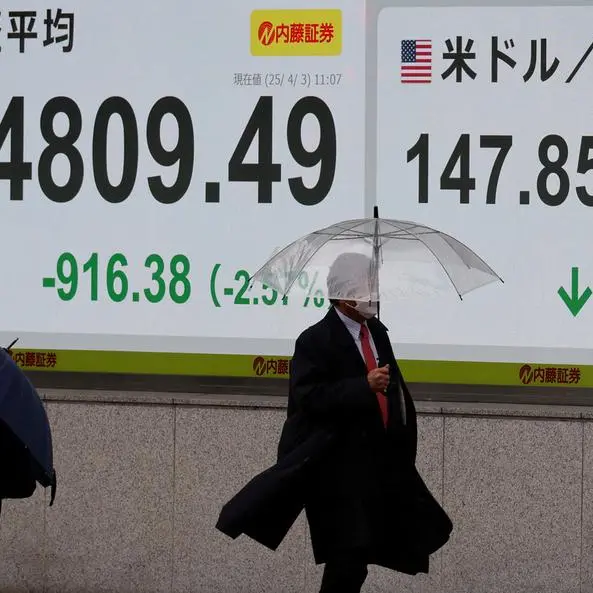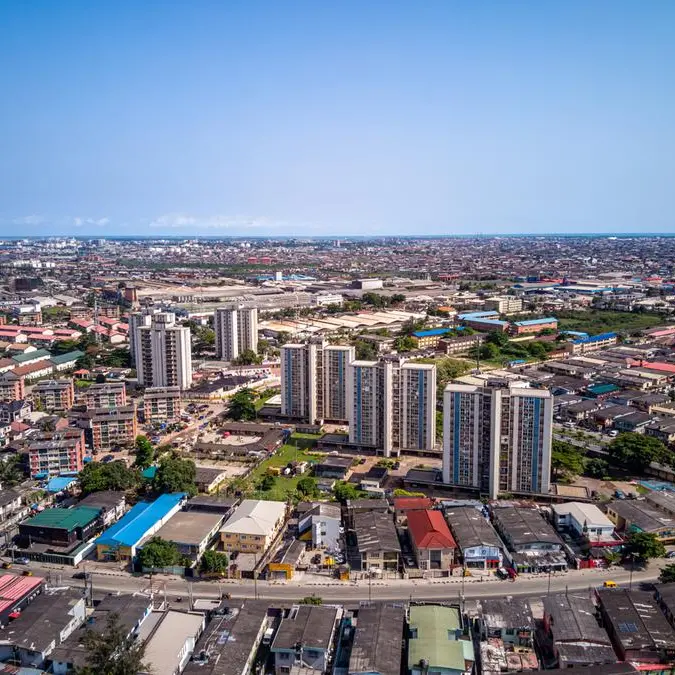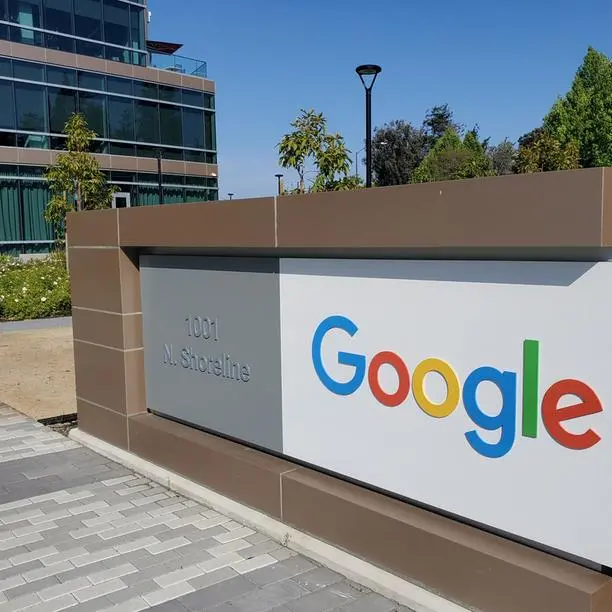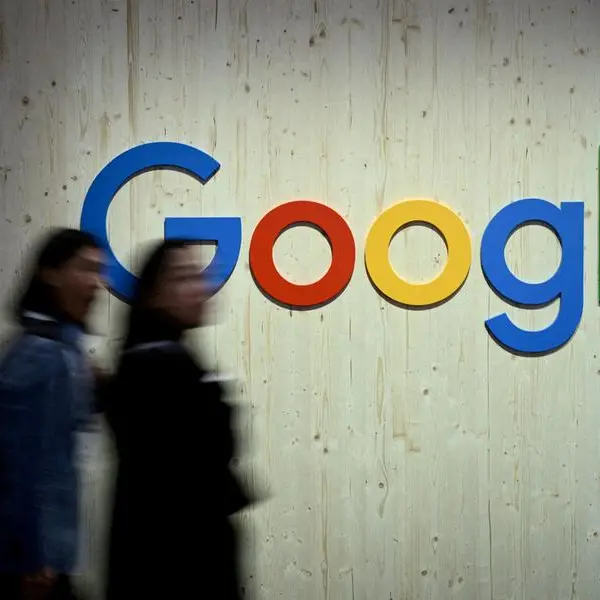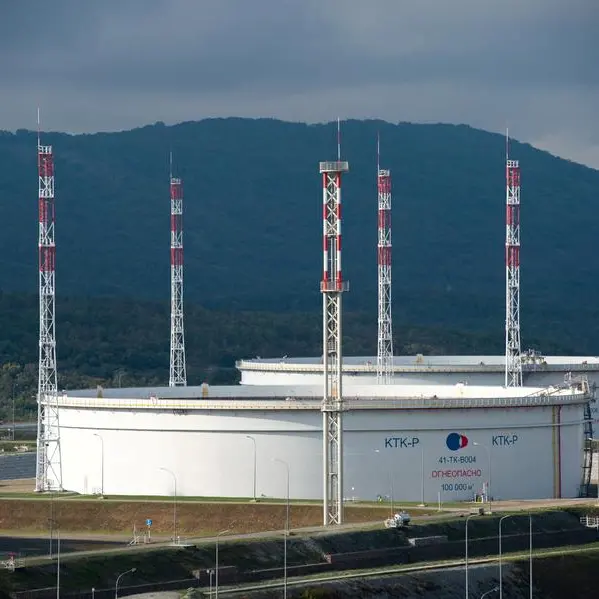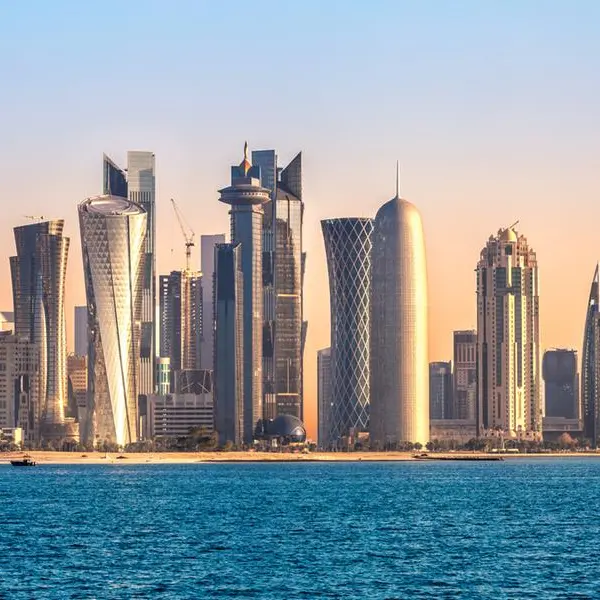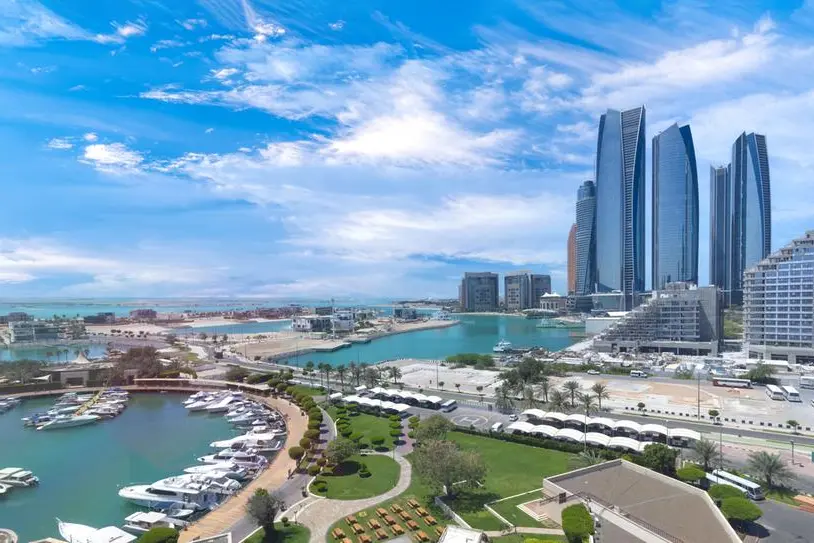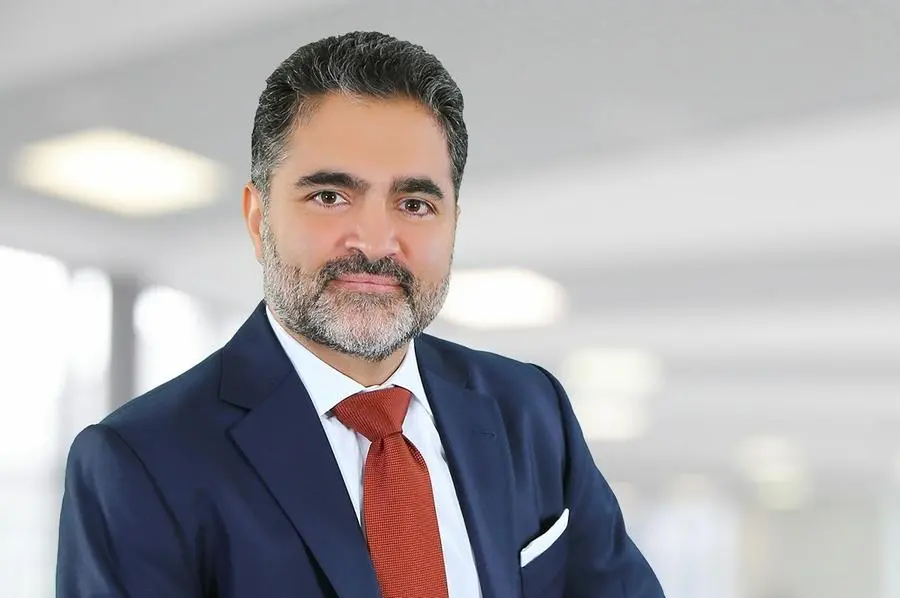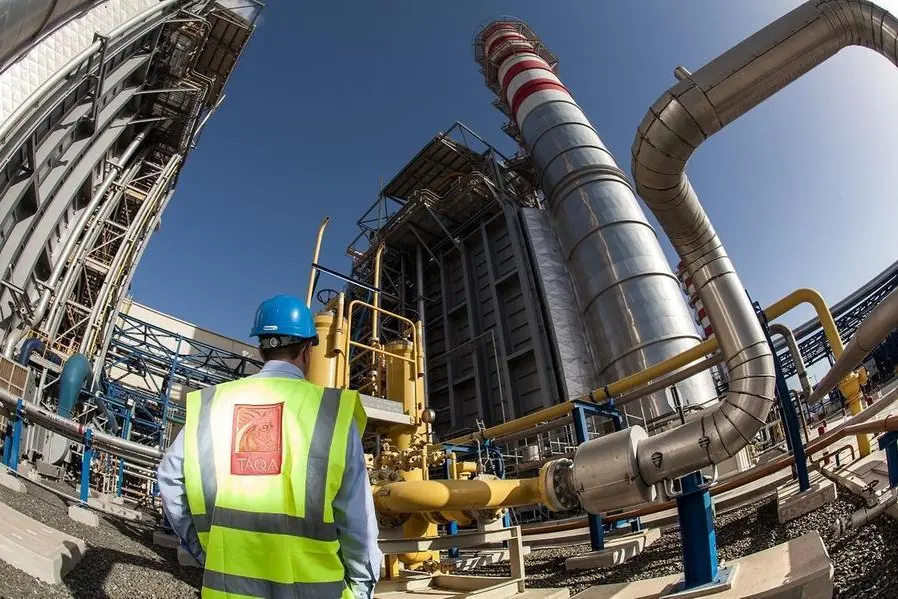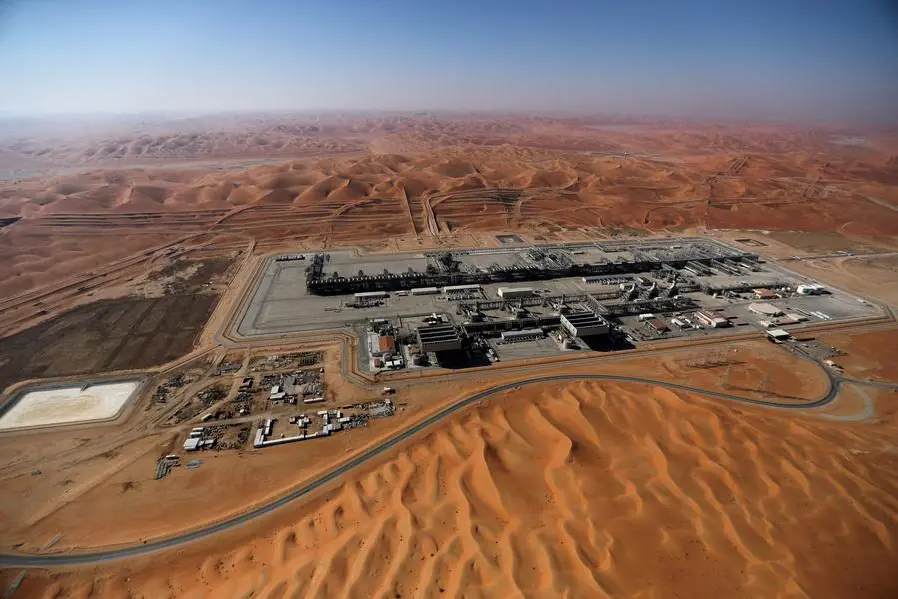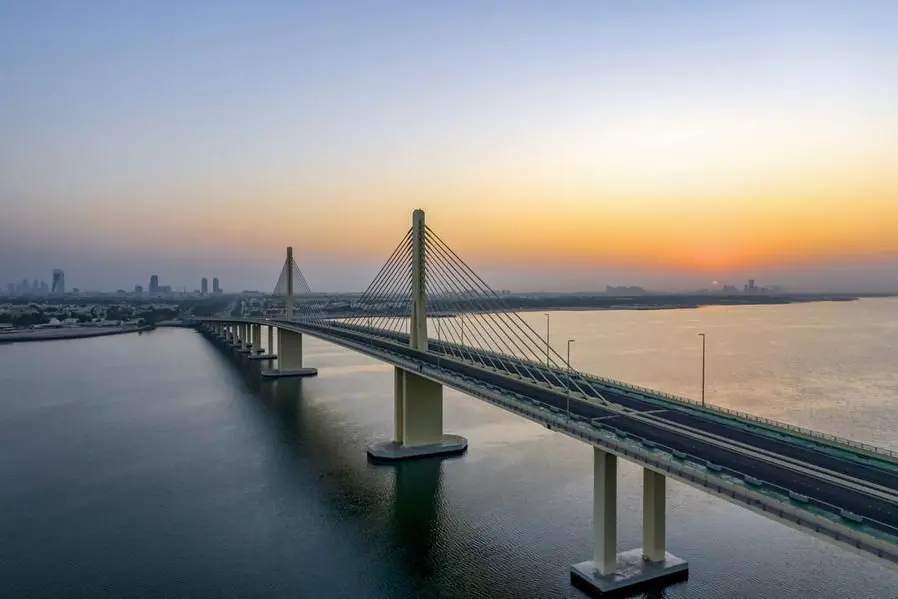Despite the headwinds of material price inflation, supply chain risk and Covid variants, 2022 promises to be a stronger year for the GCC construction sector with five notable trends shaping the sector, according to leading regional design-build contractor Amana Group.
These trends include: Shift to connected construction; From projects to productisation; Circular economy and sustainability; Building national resilience and Tackling the Skills Gap.
Amana pointed out that the sector was on a growth trajectory, despite continuing pandemic challenges. Digital transformation is expected to continue apace in 2022, improving efficiencies, reducing operational costs, and increasing profitability, it stated.
The regional construction industry is also improving its performance on sustainability, diversity, and inclusion by increasing investments in connected construction, leveraging technology and innovative methodologies.
"As one of the early champions of intelligent solutions, sustainability and digital transformation, Amana is well placed to capture the myriad growth opportunities in the region," remarked its President and CEO Riad Bsaibes.
"Even as we continue to battle the headwinds of material price inflation, supply chain risk and coronavirus variants, we remain optimistic about 2022. Proactive and progressive actions taken by regional governments in dealing with the pandemic will help the industry move into growth and profitability in 2022," he stated, adding that the following trends will shape the industry.
#1 Shift to connected construction
The future success of the construction sector hinges on deploying connected construction technologies across the value chain. Integrating assets, people and processes into a single intelligent and secure platform will improve operational efficiencies and transparency, reduce errors, and help move projects successfully to completion.
Regional construction companies are adopting Building Information Modeling [BIM] to fast-track project development and completion. Globally, the BIM market is expected to reach $18.73 billion by 2028, growing at a CAGR of 15.3% from $6.91 billion in 2021.
Amana has made significant investments in digitalisation, migrating to the Revit BIM platform to enable integrated project delivery, shortening production cycles, and fostering collaboration amongst various departments.
#2 From projects to productisation
Faster and greener, modular construction has emerged as a viable solution in a rapidly evolving landscape. The global modular construction market size is expected to reach $138.9 billion by 2028, growing at a CAGR of 6.4% from 2021 to 2028, as improving productivity and workplace safety at construction sites are expected to drive the market.
Manufacturing construction potentially reduces material waste by up to 30 percent and improves the work safety by up to 70 percent, as compared to traditional construction. As it decreases the need for manpower by up to 30 per cent, it is an ideal solution to overcome labour shortages.
Moreover, modular buildings can be constructed in 50-75% of the time of a conventional site-built project of comparable size. Having delivered over 130,000 sq m of built-up area (BUA) in modular construction, Amana companies DuBox and DuPod specialise in seamless off-site construction and will be actively championing this innovative methodology across the GCC.
#3 Circular economy and sustainability
The GCC is accelerating the move to a decarbonised future, articulated through agendas such as The UAE Vision 2021, Dubai Strategic Plan 2030, and Saudi Vision 2030.
The construction industry, responsible for one-third of global carbon emissions, is being regulated by federal building codes such as Estidama.
Industrialised construction is being increasingly adopted – a building’s structural components are manufactured off site, then assembled on site. Industrialised construction will systematically reduce the captive carbon footprint of buildings.
Driven by investor and consumer demand as well as regulations, construction projects are integrating sustainability through technology such as EV charging stations, PropTech and smart home solutions, renewable energy sources, and integrated utility control services. IoT and SaaS-based platforms are improving energy efficiency in existing facilities.
At Amana, sustainability is a key business goal. It has constructed a number of green buildings in the region, and will be handing over more this year such as the Jotun headquarters in Dubai, projects for The Red Sea Development Company and DB Schenker’s new state-of-the-art green logistics center in Dubai South, supporting the region’s sustainability agenda.
#4 Building national resilience
Building national resilience in digital infrastructure and security is a priority for the GCC states. Technological advances and the increasing adoption of cloud-based services are stimulating the demand for digital infrastructure.
Data centres are a critical element of the infrastructure required to build digital economies. Adopting innovative technologies and solutions, Amanam has delivered the first co-located data centre in the UAE for a major telecom company.
#5 Tackling the Skills Gap
With increased digitalisation, the skills gap is anticipated to grow and is a key concern for construction leaders as it negatively impacts project timelines, agility, growth, and innovation. In 2022, attracting talent, upskilling, and reskilling the workforce will be critical.
There is also an urgent need to focus on diversity and inclusion in the GCC construction sector. A 2020 report by McKinsey & Co, stated that the most gender-diverse companies are 25% more likely to achieve above-average profitability than companies with less diversity, noted Bsaibes.
Amana has prioritised increasing gender diversity within the workforce fostering an appealing organisational culture and increasing digitalisation as it continues to build on its leadership in 2022 and beyond, he added
Copyright 2022 Al Hilal Publishing and Marketing Group Provided by SyndiGate Media Inc. (Syndigate.info).
Disclaimer: The content of this article is syndicated or provided to this website from an external third party provider. We are not responsible for, and do not control, such external websites, entities, applications or media publishers. The body of the text is provided on an “as is” and “as available” basis and has not been edited in any way. Neither we nor our affiliates guarantee the accuracy of or endorse the views or opinions expressed in this article. Read our full disclaimer policy here.
